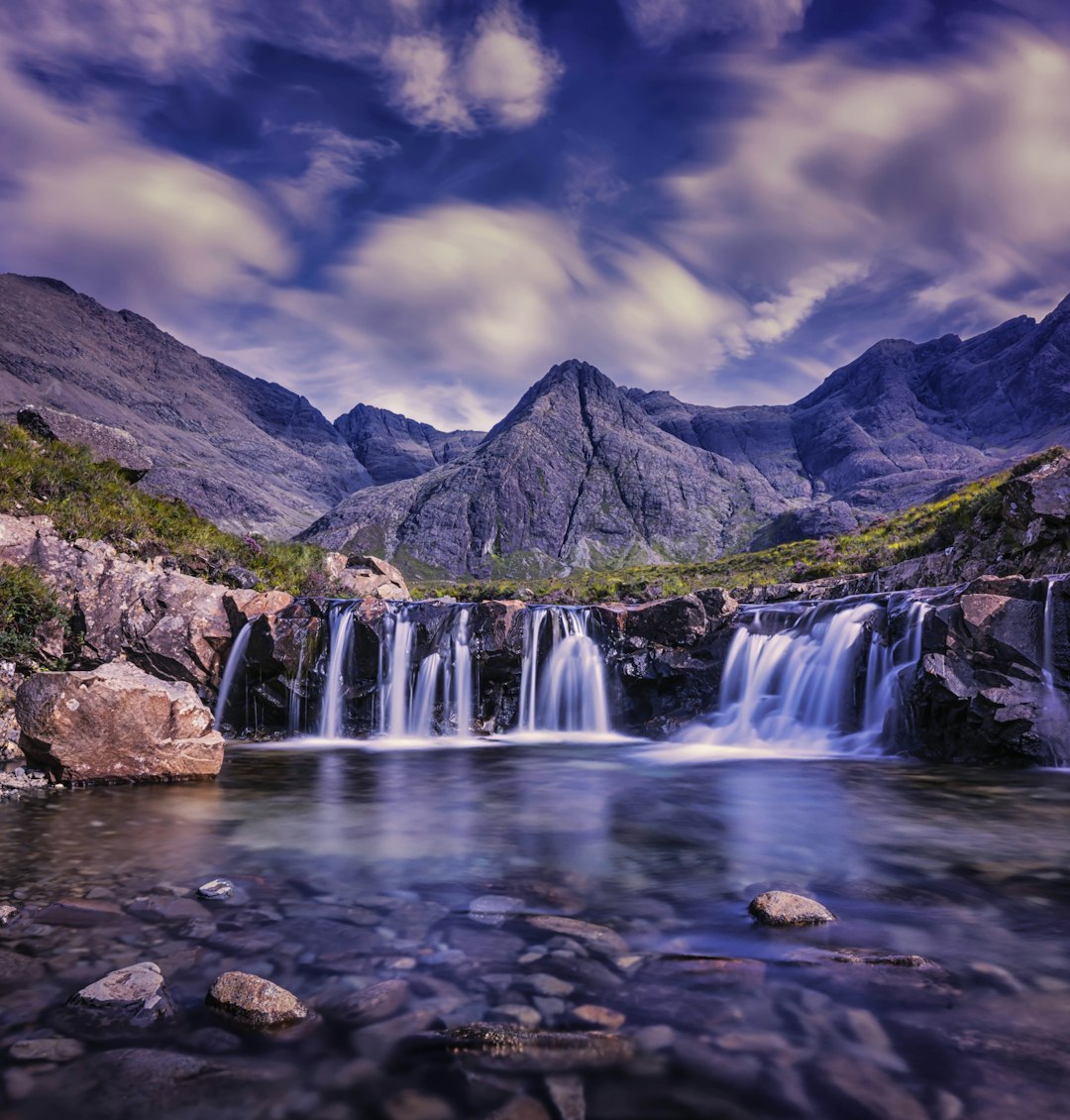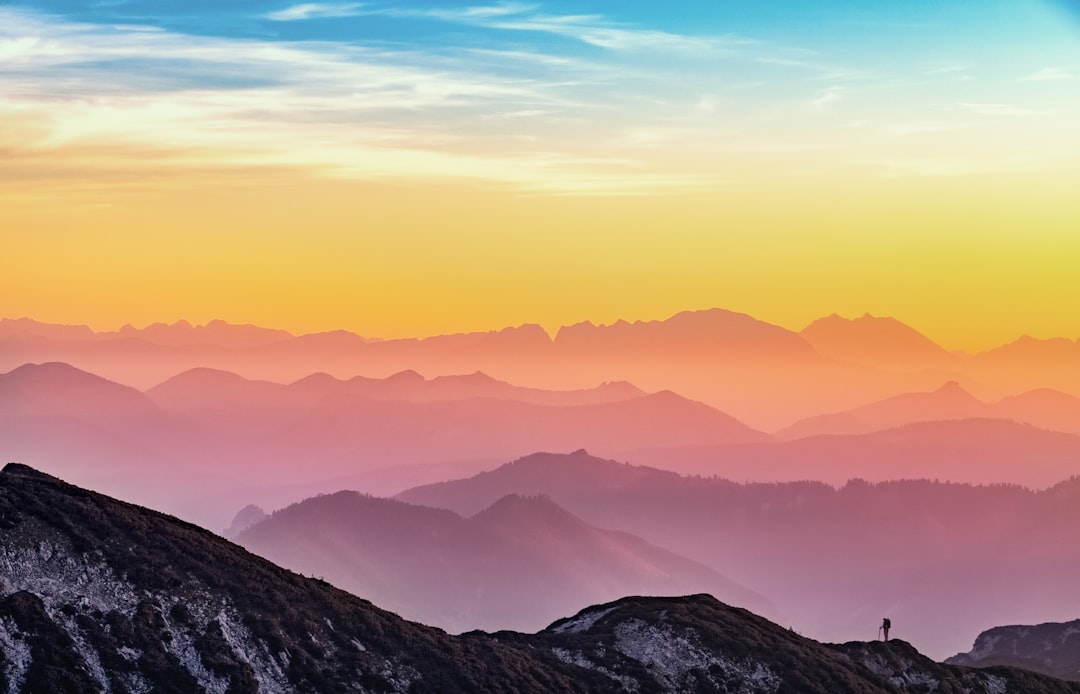
Top Waterfall Destinations to Experience the Power of Nature
# Introduction. Waterfalls have captivated travelers for generations with their mesmerizing beauty and the soothing sound of cascading water. Whether you're an adventure seeker looking to hike to a hidden gem or a relaxed traveler wanting to take in stunning views, waterfalls offer something for everyone. They provide a serene escape from the hustle and bustle of daily life, and their natural grandeur can be awe-inspiring. In this blog post, we will explore some of the top waterfall destinations around the world that promise unforgettable experiences. # 1. Niagara Falls, USA/Canada. Niagara Falls is perhaps one of the most famous waterfall destinations in the world, straddling the border between the United States and Canada. The combined flow rate of the falls makes it the most powerful waterfall in North America. Visitors flock here to witness the undeniable beauty of the falling water, especially during the evening when the falls are illuminated with colorful lights. For a more intimate experience, consider taking a boat tour, such as the iconic Maid of the Mist, which brings you close enough to feel the mist on your face. The surrounding area also offers plenty of attractions, including scenic parks and heated adventure activities during the winter months. # 2. Iguazu Falls, Argentina/Brazil. Iguazu Falls is a spectacular collection of waterfalls located on the border of Argentina and Brazil, and it is considered one of the largest waterfall systems in the world. The immense scale of Iguazu will leave you speechless, with around 275 individual falls spanning nearly two miles. The most famous part, the Devil’s Throat, is a massive U-shaped chasm that produces a thunderous roar as water plunges down. The surrounding national parks, both in Argentina and Brazil, create opportunities for hiking and wildlife spotting. This UNESCO World Heritage site promises a breathtaking experience for nature lovers. # 3. Angel Falls, Venezuela. At a staggering height of 3,212 feet, Angel Falls is the tallest waterfall in the world and is located in Venezuela's Canaima National Park. The sight of the water plunging off the edge of a table-top mountain is nothing short of magical. To reach this natural wonder, visitors often embark on a guided tour that includes a boat ride through the park’s river and a hike through lush rainforest. The remote and untouched nature surrounding the falls adds to its allure, making it a must-visit destination for adventurous travelers looking to experience the wild beauty of the Venezuelan landscape. # 4. Plitvice Lakes National Park, Croatia. Plitvice Lakes National Park is a UNESCO World Heritage site that stands out for its cascading lakes and beautiful waterfalls. The park features a network of wooden walkways and hiking trails that allow visitors to navigate the stunning scenery. The colors of the lakes, ranging from emerald green to crystal blue, contrast beautifully with the green forests and the constant sound of flowing water from the many waterfalls. Visiting in spring or early fall enhances the experience, with fewer crowds and vibrant colors, making it the perfect spot for photography and nature appreciation. # 5. Yosemite Falls, USA. Yosemite Falls is one of the tallest waterfalls in North America, with a drop of 2,425 feet. Located in Yosemite National Park in California, this stunning waterfall is actually made up of three separate falls: Upper Yosemite Falls, Middle Cascades, and Lower Yosemite Falls. The best time to visit is during the spring, when the snowmelt produces a powerful rush of water. The view from the viewpoint offers a breathtaking panorama, while hiking to the top provides a thrilling challenge for more adventurous visitors. The surrounding park also offers plenty of additional flora and fauna to explore. # 6. Gullfoss, Iceland. Gullfoss, or the ‘Golden Falls’, is one of Iceland's most popular tourist attractions, located in the Golden Circle route. The falls drop in two stages, creating a majestic and dramatic view that is often accompanied by rainbows on sunny days. The unique geographical features of the area create a stunning landscape shaped by volcanic activity. Popular excursions include helicopter rides for a bird’s-eye view or snowshoeing during winter months. The raw power of Gullfoss, combined with the surrounding rugged terrain, makes it a must-visit destination in Iceland. # 7. Victoria Falls, Zambia/Zimbabwe. Renowned as one of the most iconic natural wonders in the world, Victoria Falls is one of the largest and most famous waterfalls in Africa. The locals refer to it as 'Mosi-oa-Tunya', which translates to ‘the smoke that thunders’. The sheer size and width of the falls create a mesmerizing mist that can be seen from miles away. Visitors can partake in thrilling activities such as bungee jumping from the iconic Victoria Falls Bridge or white-water rafting in the Zambezi River. The surrounding national parks also offer fantastic wildlife spotting opportunities, making this destination truly extraordinary. # Conclusion. From North America to South America, Europe to Africa, there is an embellishing array of waterfall destinations waiting to be explored. Each waterfall not only offers a unique splendor and scenic beauty, but it also serves as a reminder of nature’s power and majesty. As you plan your next travel adventure, consider incorporating these magnificent waterfalls into your itinerary. Each destination guarantees breathtaking views, exhilarating experiences, and unforgettable memories that will last a lifetime. .








